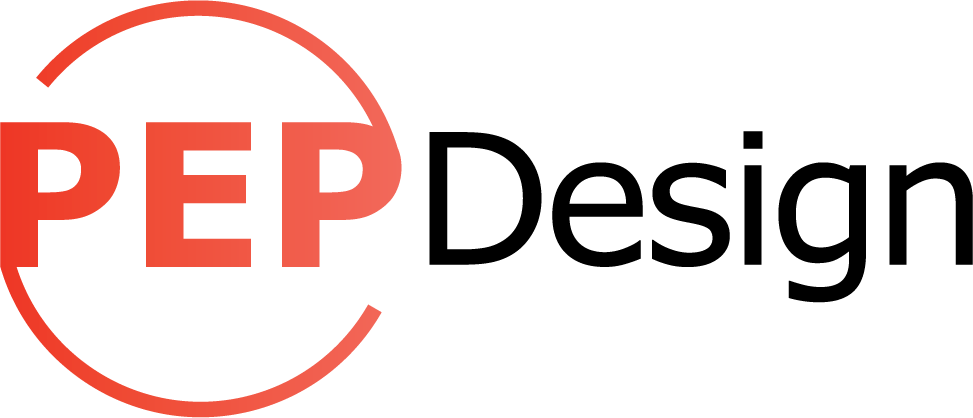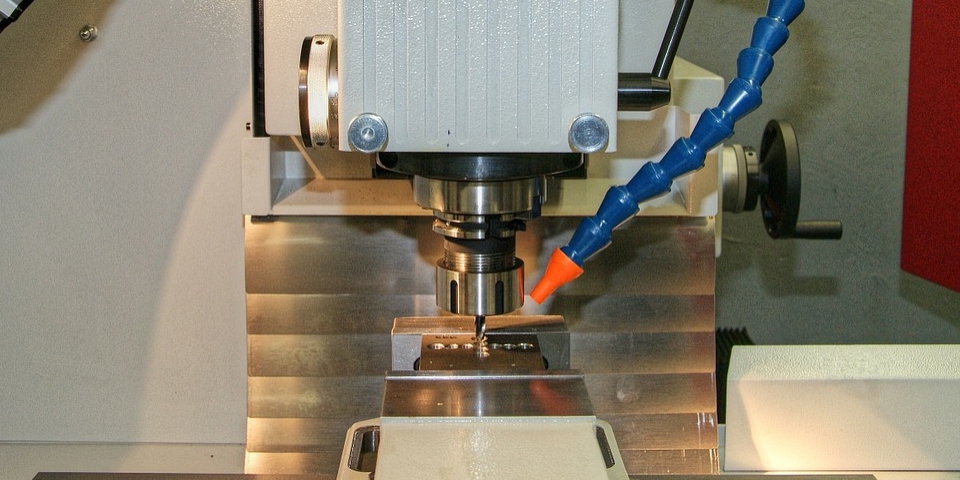This next post in our series on high volume prototyping examines Computer Numerical Control (CNC) machining, a technology whose virtues include precision and speed. The first vertical machining mills were manipulated and moved by human hands. In a CNC machining center, the cutting tool is moved using servo motors and computer software, which means once the program is set up, it will do the same machining operation over and over without variation. Because of this CNC machining can be utilized as a high volume prototyping technology; the part costs start to become attractive when more than six or so prototypes are needed.
Advantages
The biggest advantage CNC machining has to offer is the speed with which actual functioning parts can be produced. Some shops like FirstCut can machine parts in as little as one business day. However, a more typical lead time is around 2 weeks. As with making SLA parts, more and more shops are now able to machine parts using only a 3D model for reference. Skipping the step of making a traditional part drawing can save a lot of time.
Another advantage is the accuracy and repeatability of the process. Generally CNC machining can hold tolerances around +/-.003”, with tighter tolerances achievable by specialty machine processes. Also, since everything is programmed, each part machined in a run will be exact copies of one other.
One of the most unique and sometimes essential attribute of this method is that the prototypes can be machined out of the exact same material as the final parts. Because of the material options possible (metal, plastic, composite or ceramic), functional aspects such as snap locks, impact strength, and density can be tested.
Disadvantages
As with any technology, CNC machining comes with some disadvantages. A big one is the level of detail possible with a molded part verses a machined part. Some features that are achievable in a plastic injection molded part are not possible to machine or would be too expensive to do so. Another large disadvantage is that some parts require special fixturing (custom-made tool that holds the part during machining) before they can be machined. When the cost of the fixture is factored in with the costs of the parts, it can become cost prohibited. Sure, once the fixture is paid for, an additional part run will be relatively inexpensive, but often, only one run of the prototypes will be done and the total costs need to be considered.
What to Consider:
High volume prototyping is a valuable and sometimes necessary step in product development. CNC machining technology is often the best option, at times the only option to validate a product design.
Pongratz Engineering can help you look at all the options and guide you down the path that makes the most sense.
Let Pongratz Engineering steer you in the right direction as far as what high volume prototyping is best for your part or project. We are routinely called upon to recommend and select methods for our customers. Contact us at www.pongratz-engineering.com
NEXT UP: Cast Urethane Parts
Related Posts:


